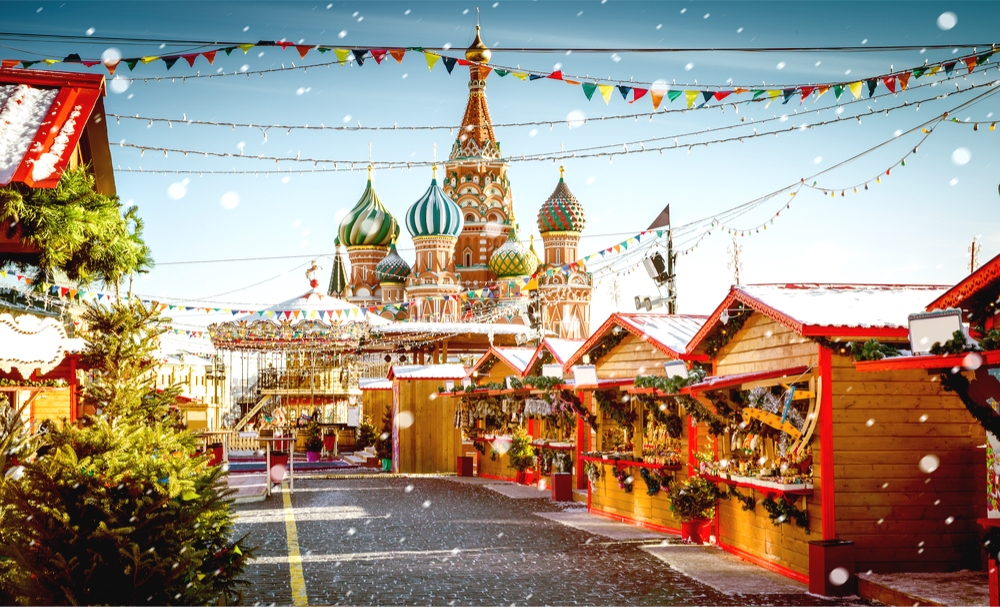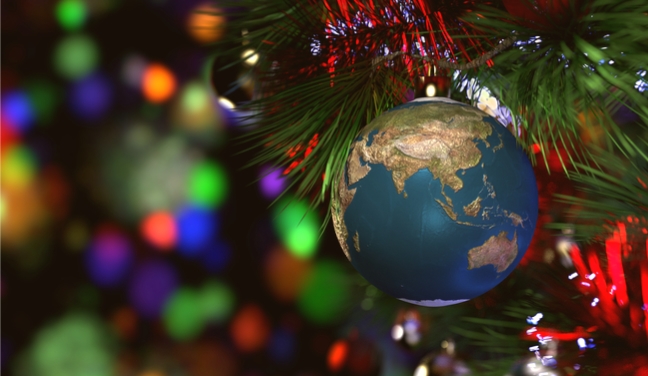Holiday Traditions
It is the most wonderful time of the year! Holidays and New Year celebrations are finally here. Traditions vary, depending on each culture and country.
Here are 3 of my favorite celebration experiences from different parts of the world:
1.Chinese New Year
One of my first touring experience with a ballet company was a tour to China. We toured from December 15 until January 10. The Chinese New Year is celebrated on a different day than it is in the US. This date is different because it depends on when the new moon of the first lunar month falls. In the Chinese culture, each year is represented by one of the 12 animals: Rat, Ox, Tiger, Rabbit, Dragon, Snake, Horse, Sheep (Goat), Monkey, Rooster, Dog, or Pig.
It’s very important to prepare yourself for the New Year. Many people work towards finishing all of the things not yet completed, clean the house, and solve any problems or conflicts they may have. The New Year means a fresh start and people believe that what you done this day will reflect on your life.

During the celebrations, people try to wear red, as it’s the color of luck and happiness. The gift of the red envelope with money will bring good luck, too. During Chinese New Year celebrations, all streets are decorated with lanterns, while lots of loud and bright festivals are happening. People also take this time to visit their friends and relatives. The 15th day of the New Year marks the last day of celebrations. It is celebrated with the Lantern Festival, which is when people release lanterns into the sky, as a symbol of making a wish for the new year.
2. Christmas in Norway
I’m so happy that I have so many friends from different countries. One of my good friends is from Norway and she kindly shared with me how Christmas is celebrated in Norway.

Preparing for Christmas in Norway begins on November, 4 pre-Christmas weeks are called Advent. Christmas is celebrated with all large family and probably the only day in Norway when almost all Norwegians attend church. At lunch on Christmas day, the family comes and have lunch with special soup from meat, potatoes, and carrots. On Christmas Eve, starting at 7 pm, Norwegians mostly eat traditional Christmas food: stewed lamb ribs (Pinnekjøtt), pork ribs (Ribbe), sausages or chopped meatballs and lutefisk (Lutefisk- is cod, soakedin an alkali solution, and then dried). They wash down lutefisk with aquavit (Norwegian vodka), in order to discourage a specific smell. After the festive dinner, the whole family gathers around the Christmas tree with gifts and dance to Christmas songs. Usually, the gift is carried by the youngest member of the family, and to whom the gift is intended is read out by the most senior member of the family. Usually, one gift is given out, and the whole family looks with interest on what is received. At the Christmas table, there are at least 7-8 varieties of dessert (Julekaker) and after the gifts, the sweet part begins with coffee and all the desserts until very late at night. Christmas in Norway is all about family and traditions.
3.Christmas in Russia
Christmas in Russia is celebrated on the night of January 7, because the Russian Orthodox Church uses the Julian calendar. It might surprise you, but New Year is much more celebrated in Russia than Christmas! Russian Santa Claus, Ded Moroz, brings gifts on New Year’s Eve,too. After celebrating the New Year, the Christmas celebration is usually very quiet. On January 6, people got to church and after, they attend family dinner. Some people decide to fast until the first star appears in the sky. Traditionally, every family makes kutia, which is a porridge made from different grains, like wheat or rice. It also includes dried fruits, honey, poppy seeds, and nuts. Everyone starts with akutia as a symbol of unity and prosperity for the family. Then, the 12-dish Christmas Eve supper begins.

Usually, some soups, vegetable pies, baked potatoes, salads, dumplings or holubci (stuffed cabbage with rice and mushrooms or meat and rice), and baked fish are served. For dessert, we usually drink Uzvar (which is made from dried fruits boiled in the water) and have some baked goods with honey and different types of jams.
There is an old tradition of singing carols, but nowadays, not a lot of kids are willing to do that. On the following days after Christmas, people usually go visit their friends, spent some time outdoors playing winter sports, go to Christmas performances or other special events.
Let us know your Holiday traditions by leaving a comment below. H




